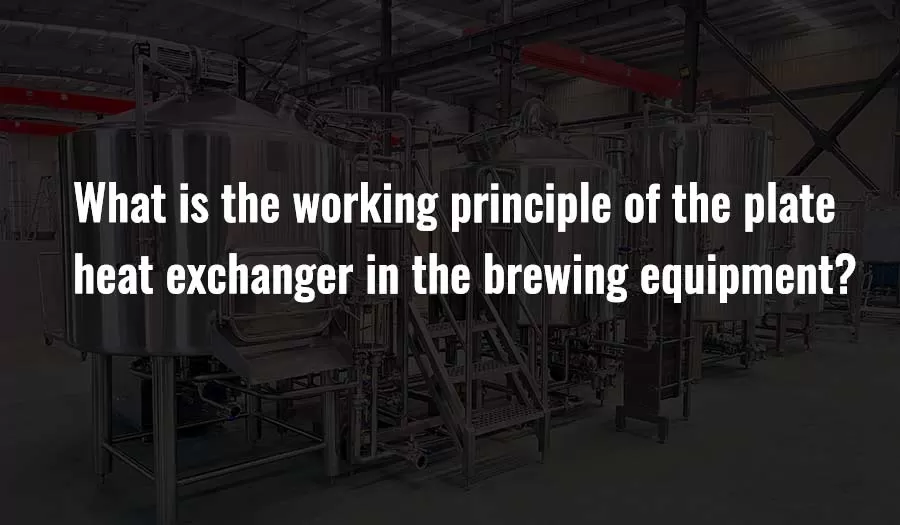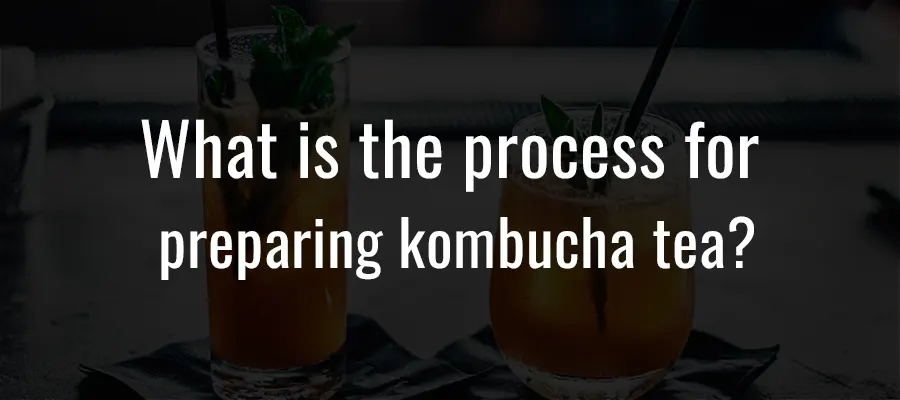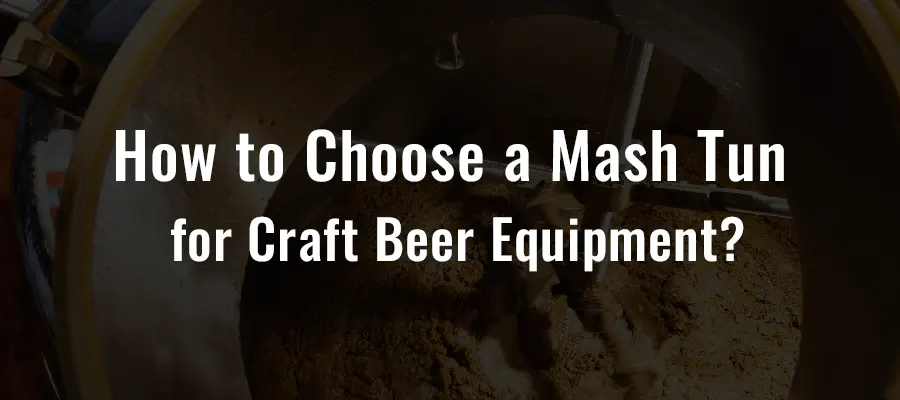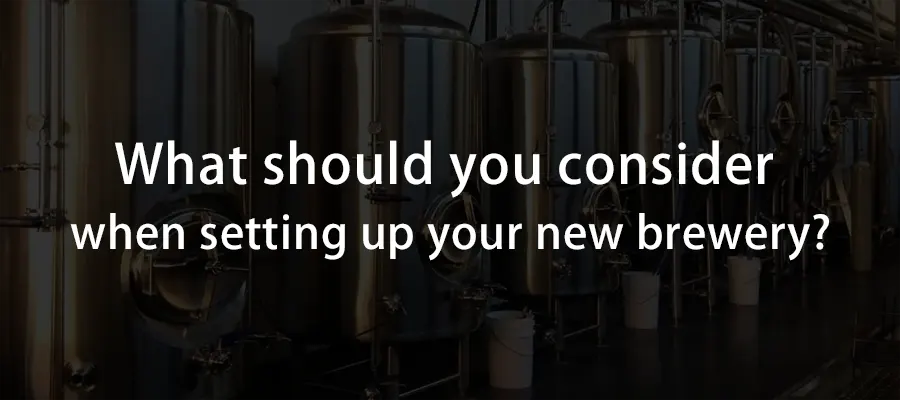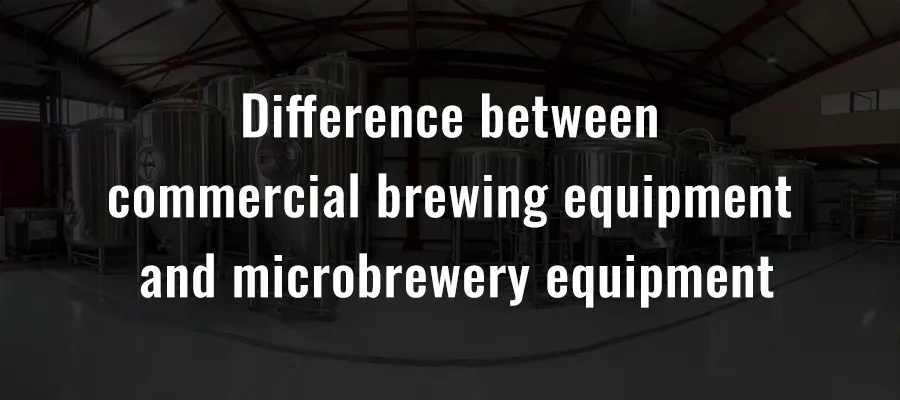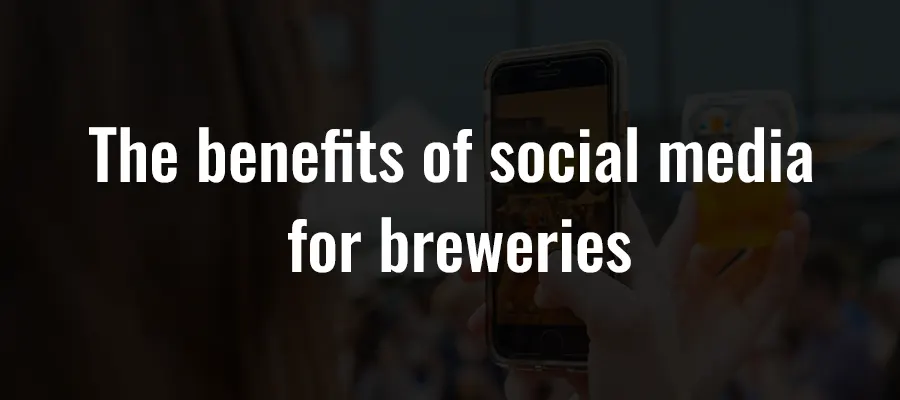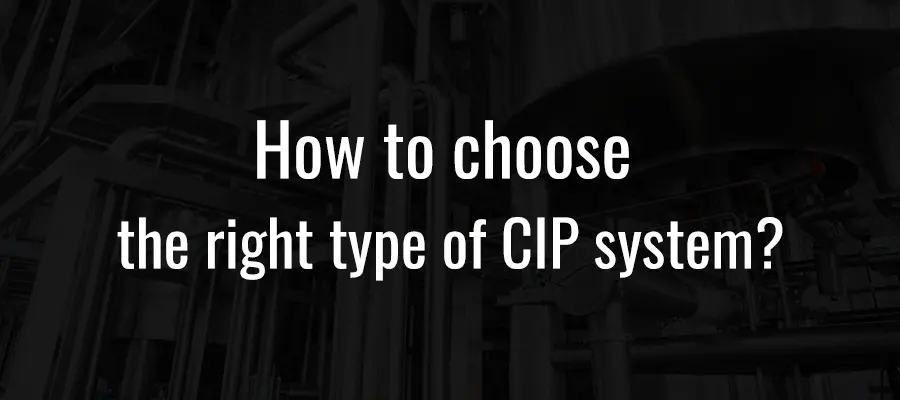In the beer brewing process, each step is a critical component. Allows you to achieve the desired flavor, aroma, mouthfeel and clarity in your brew. One of the most important decisions you will have to make in brewing beer is which fermentation vessel you will use. Beer fermentation tanks are essential equipment for breweries to ferment and age beer.
Small Batch Brewery Equipment
Bigger is not always better. Small Batch System can brew any style/type of beer you want.
Micro Craft Brewery Equipment
Because craft breweries are small, they have more room to innovate than commercial breweries.
Commercial brewery equipment
The value there for us is not only do you have the engineering capability, but the brewing knowledge behind that…





